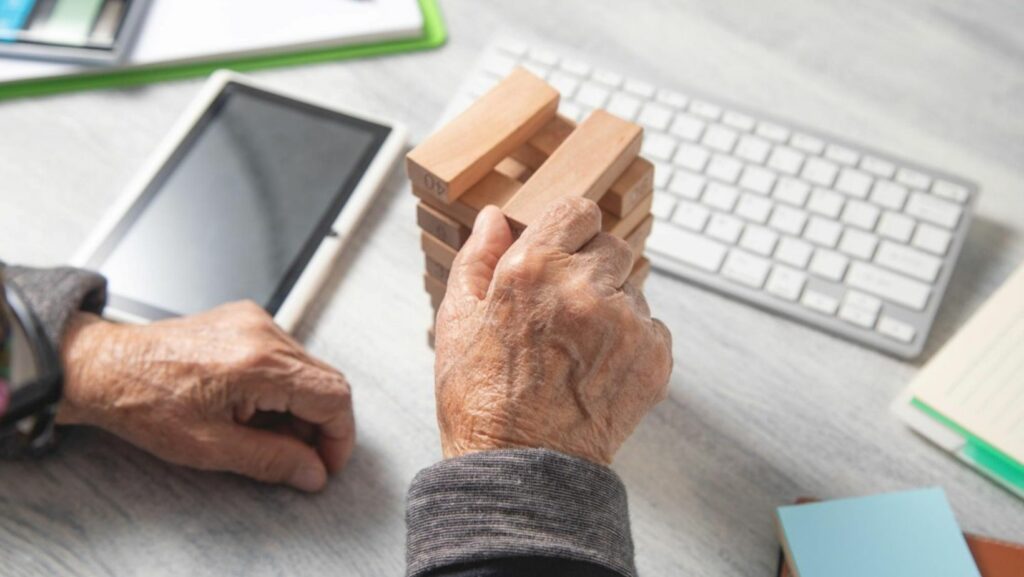Essential tremor (ET), a neurological disorder, is prevalent globally among numerous individuals. In many instances, essential tremor is mistaken for Parkinson’s disease. Still, it is considered the most common form of movement disorder characterized by shaking in hands, head, and voice that comes about rhythmically.
However, despite that it exists among others, it often leads to loneliness and despair after diagnosis when one does not have an idea of how to manage this condition. Nevertheless, people suffering from ET are more hopeful now due to better means of treating them and changing their way of living.
What is Essential Tremor?
An involuntary and rhythmic shaking that is caused by a disorder of the nervous system is known as essential tremor. In terms of its possible occurrence, tremors are mostly found in hands but they could also be experienced in other parts of the body such as the voice, legs, or head. Unlike para-kinetic conditions like Parkinson’s disease in which tremors are often seen at rest, those with essential tremors tend to have an active shake during any fine movements like lifting cups or writing.
Most importantly, the exact cause for essential tremor still eludes our understanding although it seems to be genetically based since it does tend to run in families. For this reason, sometimes it is referred to as familial tremor. Despite being possible for anyone to suffer from essential tremors, this condition is more common among people aged above forty (40) years.
Treatment Options for Essential Tremor
It is very important for people with tremors to learn mechanisms for managing their condition. There is no permanent solution, but some therapies and medications may provide relief from symptoms and make life more bearable. In this case, therapeutic approaches will highly depend on the degree of the tremor as well as personal needs.
Medications
Managing essential tremors is predominantly done using medications. Physicians often prescribe beta-blockers such as propranolol or anticonvulsants like pyrimidine. Beta-blockers work by lowering the heart rate, thus reducing tremors, while anticonvulsants stabilize brain electrical activity.

In addition, tranquilizers or Botox injections can be used for localized tremors, such as the ones affecting chords affecting speech.
However, not all people react well to them, and side effects can make it difficult to continue taking them for a long time. The patients should work together with their caregivers to alter the doses or try other alternatives.
Surgical Options
In cases where medication is not sufficient, surgery may also be an option. For essential tremors, deep brain stimulation (DBS) has become the standard treatment. This method involves putting electrodes into certain parts of the brain and connecting them to a small device under the skin. The device then sends electrical impulses to the brain to block signals associated with tremors.
Another less invasive approach is focused ultrasound, which employs high-frequency sound waves to precisely target and eliminate a small area in the brain that is responsible for tremors. Compared to conventional surgery, this technique has demonstrated promise in lowering tremor intensity while posing fewer dangers.
Lifestyle Adjustments
Apart from medication, several lifestyle changes assist in managing essential tremors. One of the common recommendations is for patients to minimize their caffeine intake since it can make the shaking worse. This means that managing stress is crucial because, in cases of nerve agitation, increasing anxiety levels will only exacerbate the tremors. Relaxation techniques such as deep breathing exercises, yoga, or meditation may help people deal with stress thus improving their overall tremor control. For specialized care related to vein health or related issues, visiting a Vein Specialist may also provide additional insights into overall wellness and stress management.
A Word About Steadiwear
The glove that Steadiwear makes uses modern technology to reduce tremors enabling individuals who suffer from essential tremors to live a normal life.

By doing so, individuals get to conduct their daily lives easily lessening their independence loss and enhancing their standard of living despite it not being a remedy but only a managing option this fabulous advanced science makes handling shakable body parts easier for most patients.
FAQs
Is Essential Tremor the Same as Parkinson’s Disease?
No, essential tremble and PD are qualitatively different illnesses in specific ways. Even if they do have a common symptom – tremors – one could find that essential tremor occurs during deliberate activity i.e. reaching out for something while on the contrary, Parkinson’s disease tremors occur when muscles are relaxed.
Can Lifestyle Changes Help Manage Essential Tremors?
Indeed, a range of lifestyle alterations may play an essential role in diminishing the level of tremor symptoms. Some of these include decreasing caffeine consumption, controlling anxiety through relaxation methods such as yoga or meditation, and employing weighted spoons or any other assistive devices for regular chores.
What is the Perfect Treatment for Essential Tremors?
In the case of essential tremors, treatment varies according to the individuals. Some people may have a good response to drugs such as beta-blockers or anticonvulsants while others might need to opt for surgical alternatives like deep brain stimulation and focused ultrasound.
Conclusion
Essential tremor is still a difficult condition that has become manageable currently due to developments in treatment and technology. The variety of tools available for individuals with essential tremors includes medication, surgical options, wearables, and lifestyle changes that can minimize symptoms and enhance one’s quality of life.

